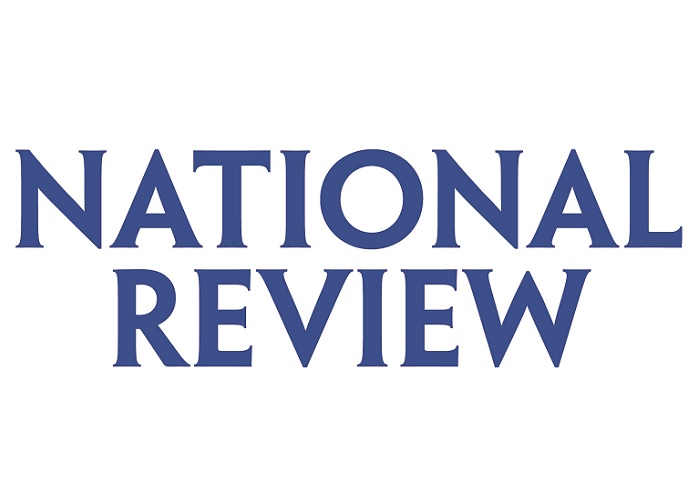This op-ed was originally published at National Review on July 20, 2017.
As policymakers in Washington consider infrastructure legislation, regulatory reform that encourages sustained investment and innovation to help rebuild critical public networks should be the first item on the agenda. Targeted infrastructure deregulation like that which has enabled the country’s freight-rail system to thrive should be the model for future policy.
The shameful state of America’s infrastructure is well-documented. Earlier this year, the American Society of Civil Engineers (ASCE) gave the nation’s infrastructure a D+ grade overall. But ASCE did identify one bright spot: Our 40,000-mile freight-rail network, which earned a “B,” the highest of 16 graded categories. This is where federal policymakers can learn the lessons of smart reforms that encourage the sustained investment necessary to create safe and modern infrastructure.
America’s freight-rail system is one of the world’s best examples of privately owned and privately funded infrastructure, but this was not always the case. During the 1970s, our freight-rail industry struggled under the weight of onerous regulations that limited the ability of railroads to effectively manage their own operations. At the time, 21 percent of the freight-rail system was operated by bankrupt rail companies.
In 1980, a law known as the Staggers Act jumpstarted the industry by removing much of the red tape that had been stifling it. Most crucially, it relaxed rate regulations, which allowed railroads to better compete with other transportation modes.
“The history of the U.S. railroad industry during the 30 years since the Staggers Act was signed is a story of enormous success,” say researchers at the Cato Institute. “Productivity growth in the U.S. railroad sector has far outpaced the gains in the U.S. private domestic sector. The factors underlying this performance include pricing flexibility, economies of density achieved through line abandonments, industry consolidation, and the growth of long-haul coal and intermodal traffic.”
More importantly, it helped unlock the ability of railroads to invest in their infrastructure, which led to the creation of one of the world’s safest and most efficient transportation networks. Since 1980, railroads have privately spent more than $630 billion to maintain and modernize infrastructure while investing in safety innovations that have made freight rail the safest way to move goods across the country. In fact, 2016 was the safest year on record for the rail industry.
Federal policymakers should look at the success of the freight-rail industry following passage of the Staggers Act to help design a national infrastructure plan that includes a variety of badly needed reforms. This can start with rethinking prevailing wage mandates that unnecessarily raise the cost of infrastructure projects, and environmental regulations that often cause massive delays or top a project from getting off the ground in the first place. Any plan should also reform the primary funding mechanism of our highway system, the federal gas tax, which doesn’t adequately account for vehicle use of roads. These rules, along with a slew of others, have contributed to an inefficient system that diverts money and resources away from much-needed infrastructure projects.
Simply attaching a dollar figure to an infrastructure package will not solve the problem. President Obama’s 2009 stimulus program, for instance, included money intended to overhaul the country’s infrastructure, but those efforts were hindered by regulatory challenges. “Shovel-ready” doesn’t do anyone any good when projects are bogged down in bureaucratic delay, or if money is wasted on complying with complex and unnecessary regulations.
Instead, the best way to revitalize America’s infrastructure is to ensure tax dollars are spent correctly and projects can move forward rather than being caught up in red tape.


